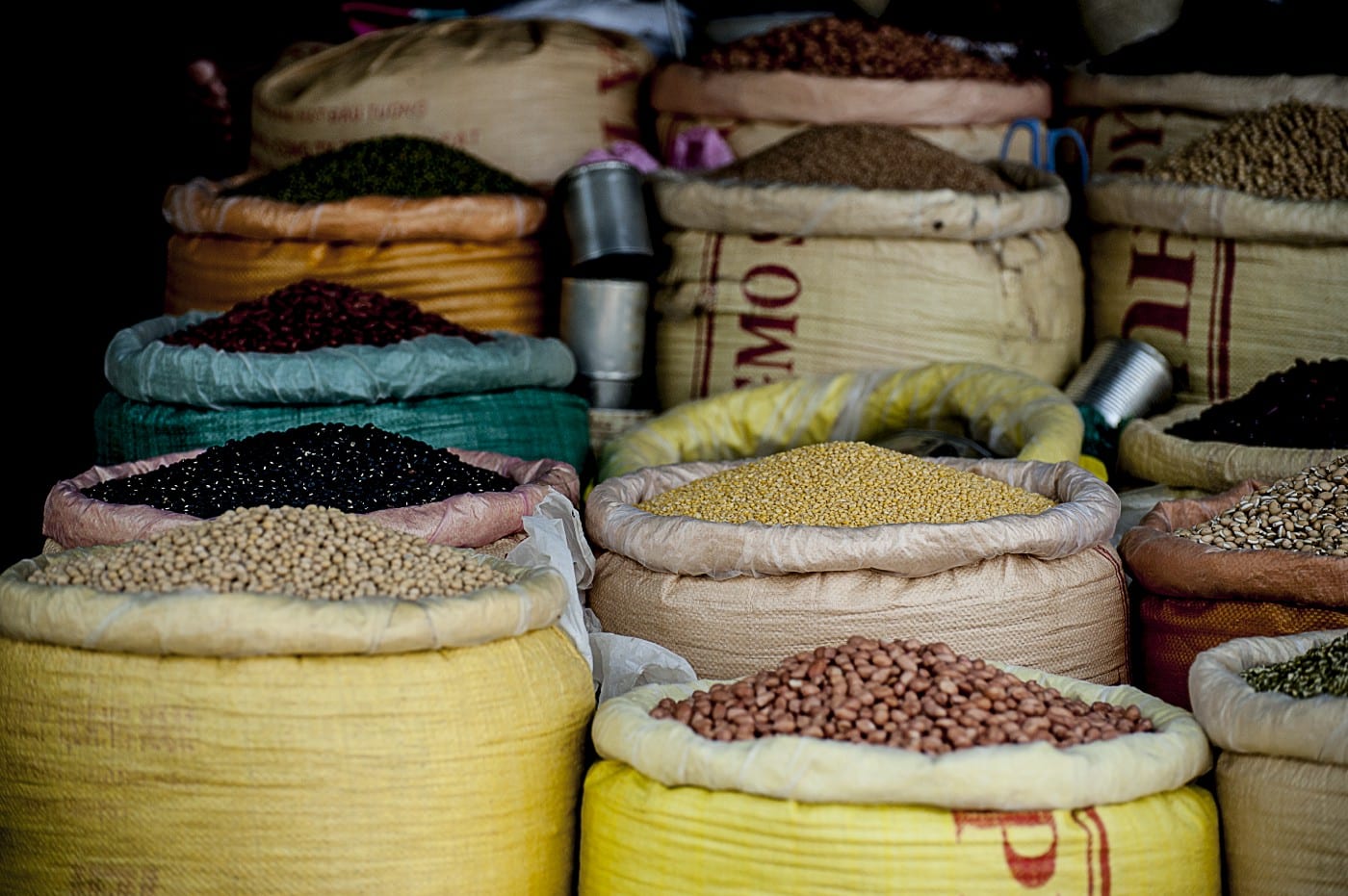Want to build an investment portfolio?
Whether you are speculating or have just started investing, you’ve undoubtedly come across the term “investment portfolio.”
To start us off, let me answer our first question — What is a portfolio?
A portfolio is essentially a collection of financial investments that you hold with the expectation of earning returns or growing the value of your position.
Building the perfect portfolio requires considering several factors, including your financial goals, risk appetite, and investment horizon.
Now, onto our question — What is the composition of a portfolio?
Today, there are diverse types of financial assets that you could include in your portfolio.
Let me walk you through 6 common assets that comprise a typical portfolio.
1. Stocks

Photo by Javier Esteban on Unsplash
These are undoubtedly the most common component of an investment portfolio.
Stock is essentially a security that represents the ownership of a company, which means that you are entitled to a proportion of the company’s assets and profits equal to how much stock you own.
Just in case you didn’t know, each unit of stock is called a “share.”
While stocks are risky investments, they are still an essential component of an investment portfolio.
After all, they’ll surely earn you income when a company you’ve invested in makes profits.
Besides, you can always sell your shares at a higher price whenever you cash out your money.
2. Bonds
These are yet another staple component of an investment portfolio.
When you purchase a bond, you loan money to a bond issuer, usually the government, a company, or an agency.
Bonds have maturity dates on which the principal amount you used to purchase your bond is returned along with accrued interest.
Compared to stocks, bonds aren’t that risky, but they offer a lower potential reward.
There are four primary categories of bonds sold in the markets. These are corporate, municipal, government, and agency bonds.
3. Cash Investments
Along with bonds and stocks, cash investments make up the core of an investment portfolio.
Cash investment is a short-term obligation, typically fewer than 90 days, that offers a return in the form of interest payments.
They are less risky investments but will provide you with lower returns compared to other securities.
Common examples of cash investments include Money market accounts (MMAs) and certificates of deposit (CDs).
4. Commodities
Commodities are becoming more common in today’s investment portfolios.
This asset class usually covers raw materials, either used as they are or developed to other products.

The most common commodities you will find in a portfolio include:
- Precious metals, for instance, gold or silver
- Energy resources, that is, oil and gas
- Agricultural produce, like rice or wheat
Experts and investors see commodities as a way of diversifying one’s assets classes. With diversification comes reduced risk, which may result from fluctuations in other assets like stocks.
Some commodities like gold or oil can even protect your investment against inflation.
In most cases, commodity investing is something an investor ventures into after trying stock and bonds, as prices can be pretty volatile.
5. Mutual Funds
Another type of investment product you’ll typically see in a portfolio is mutual funds.
By definition, a mutual fund is a financial product that pools together money from numerous investors and then invests it in a vast number of securities.
It may include investments from one asset class or multiple classes.
The most common assets you find in a mutual fund include stocks, bonds, currencies, and real estate.
All mutual funds are actively managed by a professional manager.
However, not every mutual fund is structured the same; different funds vary in investment goals and asset combinations.
Mutual funds are less risky than standalone equities, as you share the profits and losses with other investors.
6. Exchange-Traded Funds (ETFs) — My favourite
The last portfolio component on the list is exchange-traded funds or, as most people call them, ETFs.
An ETF is a securities basket that tracks a particular index, like the S&P 500, Nasdaq, or the Dow Jones Industrial Average, and trades on stock exchanges.
ETFs usually combine all assets classes includes stocks, bonds, commodities, currencies, and real estate.
At this point, you may wonder how ETFs are different from mutual funds.
Well, ETFs trade throughout the day, much like stocks, whereas mutual funds trade at the end of the day’s price.
ETFs are also passively managed, which is why they attract lower fees than mutual funds.
Lastly, ETFs track specific market indexes while mutual funds follow investment goals in their prospectus.
But like mutual funds, ETFs diversify your portfolio and reduce your risks by allowing you to invest in a variety of assets.
Final Thought
I hope this article gives you some ideas on what makes a portfolio so that you can start building your own. If you want to learn more about how to reclaim your emotional, spiritual and financial sovereignty, be sure to check out my pages / YouTube channel.

Recent Comments